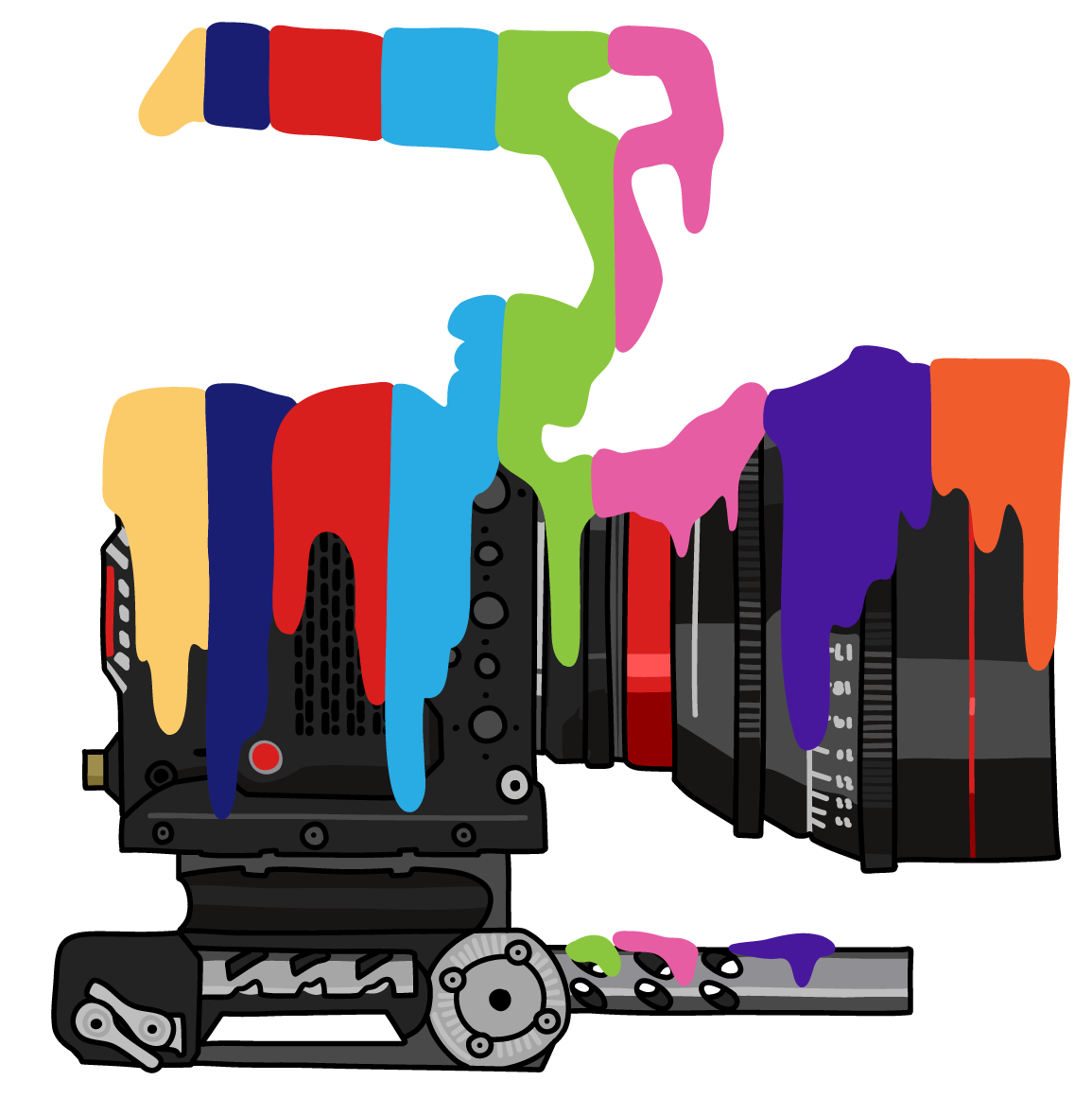COMPUTER……Of course having a relatively fast computer will help you as working with proxy workflows is less useful with colour grading then it is for editors. This is because when colour grading the footage you want to see the full quality of the file and have all the colour information so you can make informed decisions when grading. So if you can buy a system that’s no more than a few years old you should be fine.
DAVINCI RESOLVE…….Im biased because this is what I use however its commonly used throughout the industry and the basic version is completely free to download and start using. What I did is used the free version until I had earned the money needed for the studio version through my colour grading work. Another tip I would say is that the makers of this software Blackmagic Design offer a training course and exam that you can take making you a certified end user of DaVinci Resolve software. I did this and not only do you learn lots about the software and colour grading in general but being certified shows potential clients your efficiency at being a colourist.
CONTROL SURFACE……Or balls! This is the one item that will make you look more like a professional colourist then any other. While colour grading you often have to grade many many clips in a day and have physical controls can really speed up your workflow. Blackmagic Design make their own ones which are probably the best ones to use with DaVinci Resolve however I decided to buy a Tangent Ripple which is made by a British company and the benefit of this one is you can use it within other editing systems to grade there and not only DaVinci Resolve like the Blackmagic one.
Tangent Ripple
CONTROL AMBIENT LIGHT……Its very important to control the lighting in the room that you are colour grading. This is because our eyes are very sensitive to changes in the colour of the light and will adjust your perception of colour. Obviously what you don’t want is your grading to be different at the start of the day to the end of the day because theres a large window in the room your grading in. The solution is to use heavy curtains or blinds and buy a smart bulb. With this smart bulb you can set it to 5600K or 6000K which is fairly neutral and it will stay like that for as long as you are grading for. The smart bulb I bought was from a company called LIFX and they have a great app that makes everything really easy.
LIFX Bulb
MONITOR……Finally probably the most important thing is to have a reliable monitor that is calibrated correctly. As this is what you will be basing all your creative decisions on so it better be accurate. Spending a bit of money on a monitor that is designed for either colour grading, photoshop or graphics work will cost more but will be better in the long run. Calibrating the monitor from time to time will also help and theirs many tools that allow you to do that yourself. The thing to remember is that you can’t control what screen people choose to watch your film or content after you have finished grading it. Thats why its good to check what your grade looks like on popular consumer products like ipads and tv screens to make sure its in the ballpark on all of these. Another last tip is to make sure the client giving you notes is using a good display to view your work otherwise you could be singing from two different hymn sheets.
So that’s all I have for now. Let me know your thoughts down below…..TJK Colour Grading



